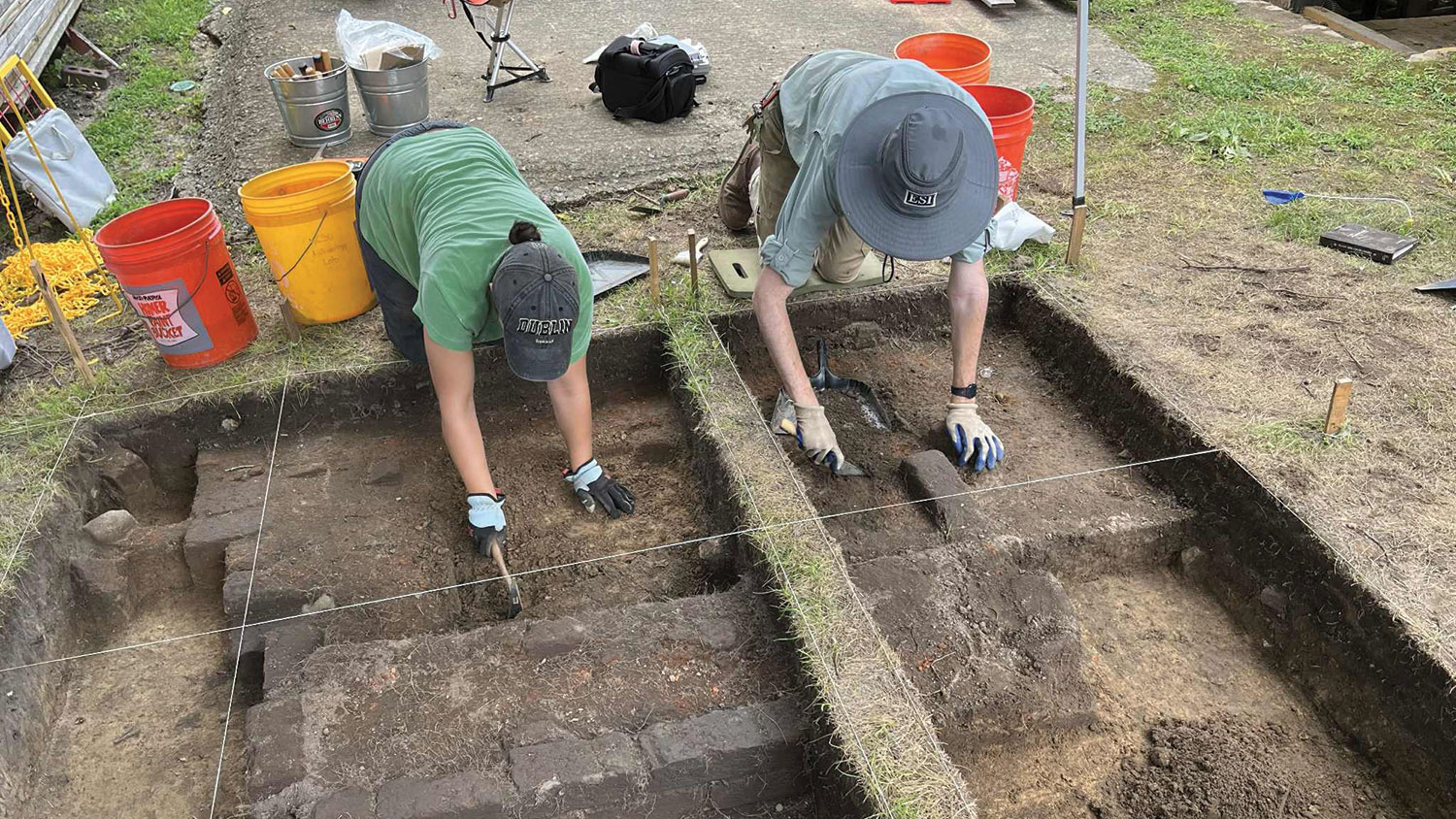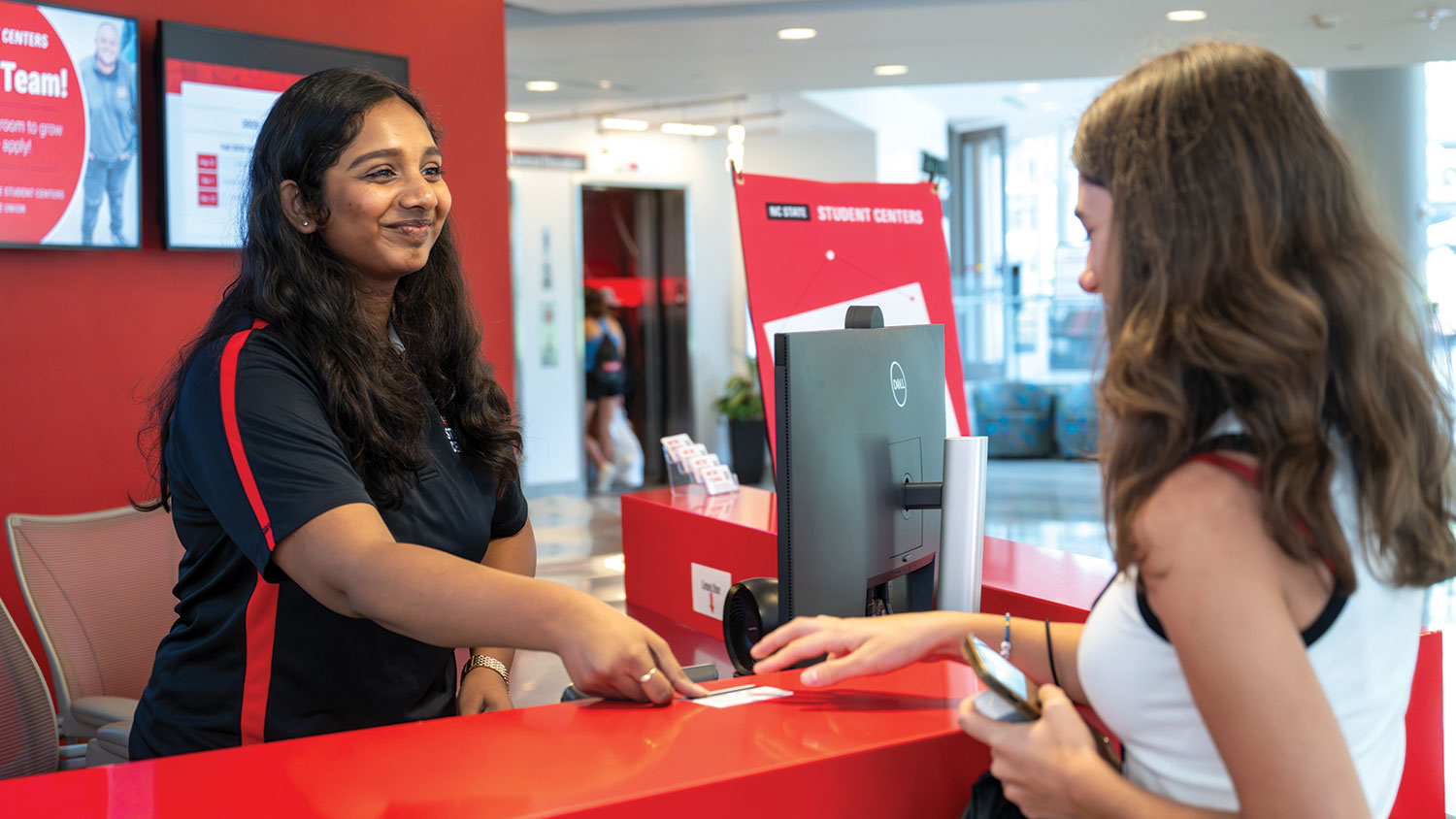Appetite for Change
An engineer finds more efficient ways to get donations from food banks to people who need them.

While watching the news during the pandemic, Leila Hajibabai spotted a problem. The associate professor in the Edward P. Fitts Department of Industrial and Systems Engineering saw reports of long, slow lines at food banks, with people waiting in their cars for packages of food that didn’t accommodate their tastes or dietary needs. The slow pace was more than just a hassle: It also meant that some food would spoil before it could be distributed.
To Hajibabai, the inefficient system added insult to injury for the roughly 18 million U.S. households experiencing food insecurity, according to the most recent statistics from the U.S. Department of Agriculture. “My husband and I thought, ‘OK, as systems engineers, we should be able to find a solution to this,’” she remembers.
But finding a solution first meant finding different perspectives on the problem at hand. She gathered researchers from business analytics and operations research to complement her civil engineering background. Together, they set a goal. “We wanted to optimize the supply chain and create a well-connected network within the food-banking system,” she says.
That system, Hajibabai says, is “incredibly dynamic,” with layers of variables that are in constant flux. So the team first considered the supply of available food, the location of those in need, limitations on food they can accept, and the number of delivery vehicles and availability of volunteers, all of which changed daily.
The team then built a mathematical model to identify food-distribution sites and determine the most efficient travel routes to deliver food from the distribution centers to the people who need it. That model, which was published in the journal Computer-Aided Civil and Infrastructure Engineering, is currently being transformed into a user-friendly software package. Though its genesis was in food banking, Hajibabai says the model could be useful for any nonprofit that relies on volunteer transportation systems.
Beyond improving wait times and saving fuel, Hajibabai’s model will get more and better food to people who need it. That means improved health outcomes, school focus and quality of daily life.
Tell Us What You Think
Do you have a personal connection to this story? Did it spark a memory? Want to share your thoughts? Send us a letter, and we may include it in an upcoming issue of NC State magazine.


